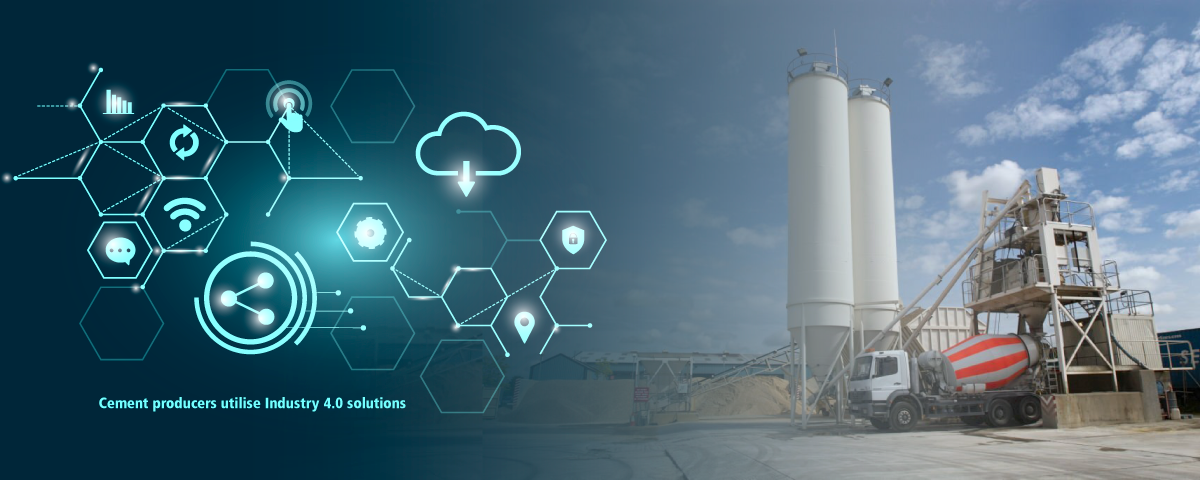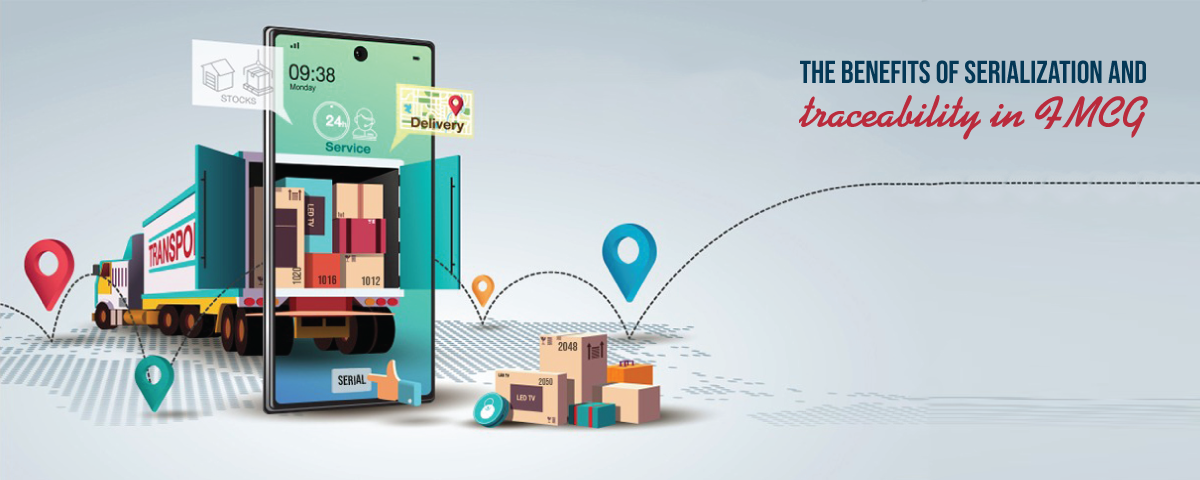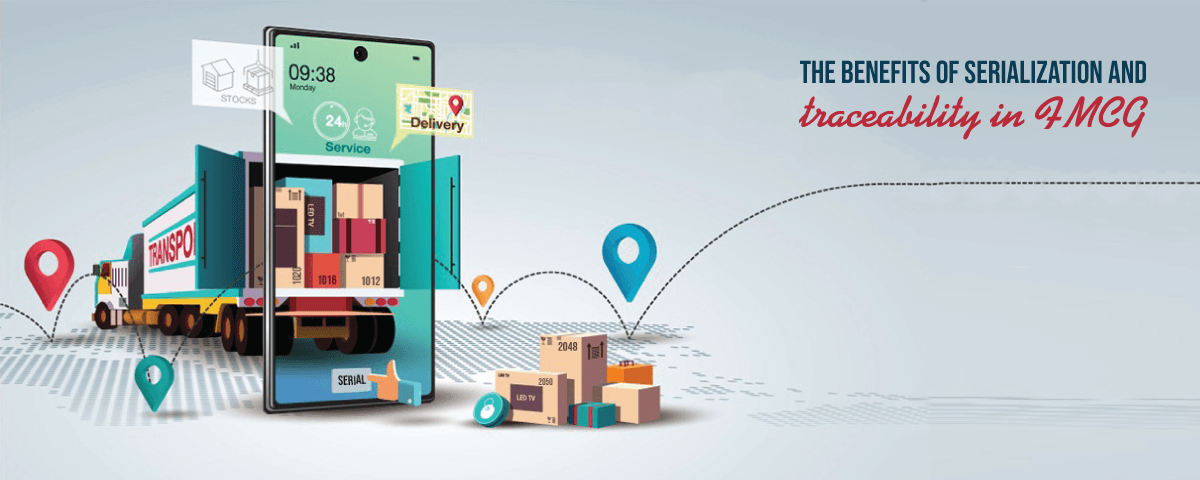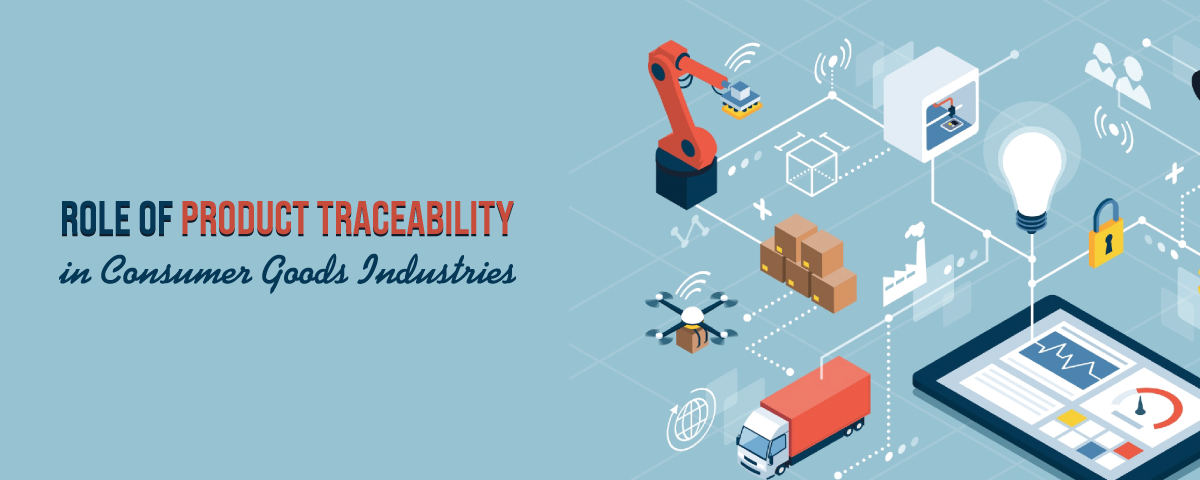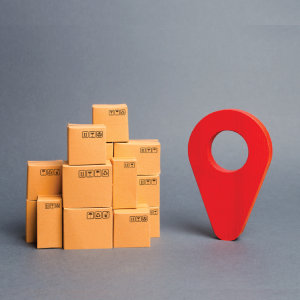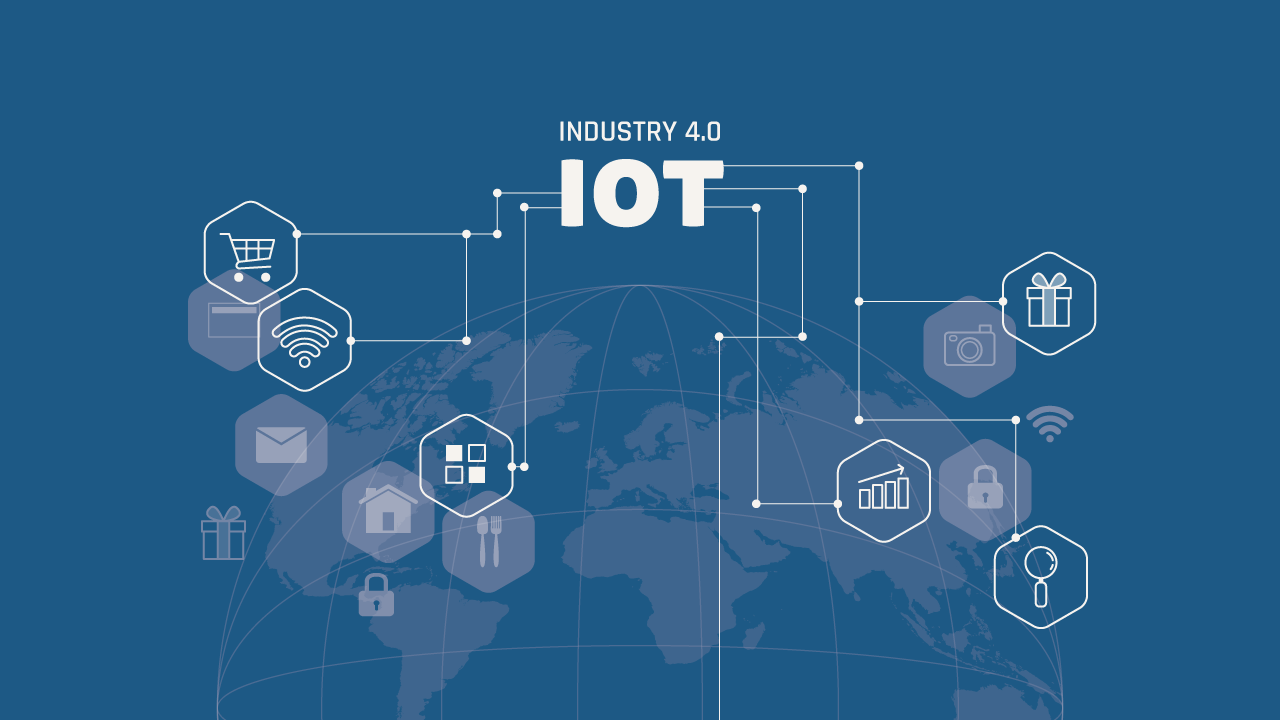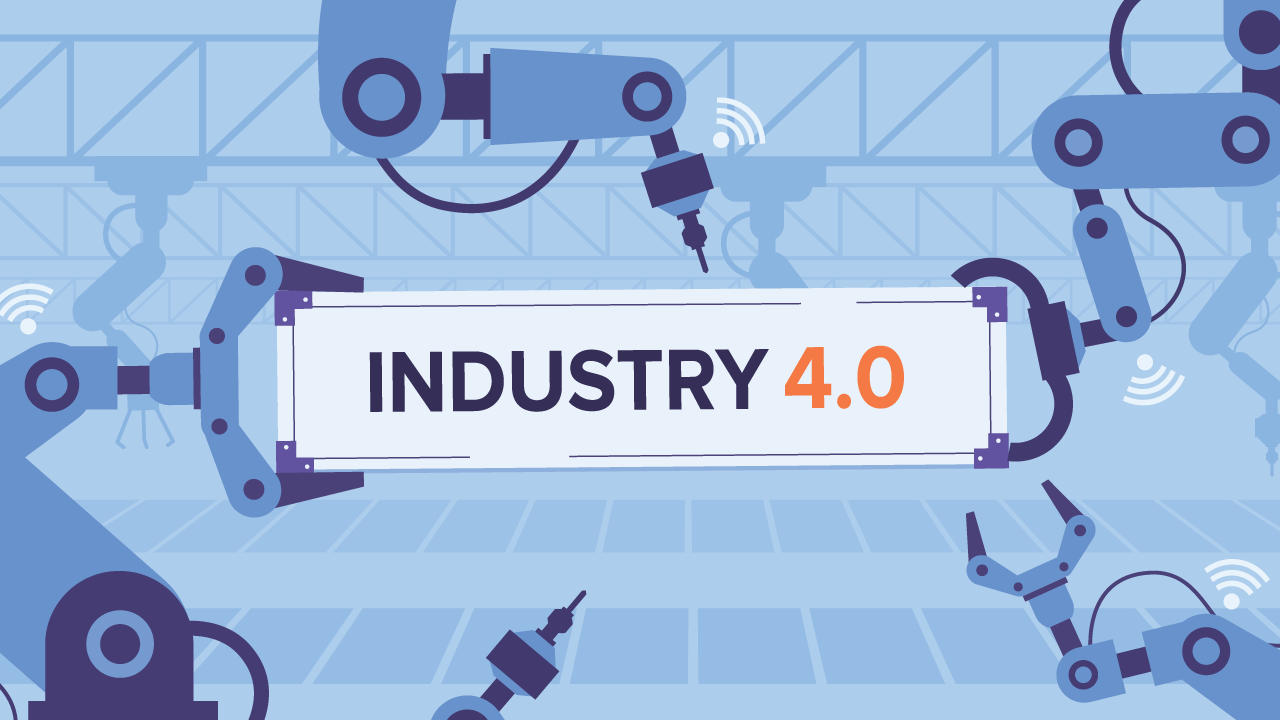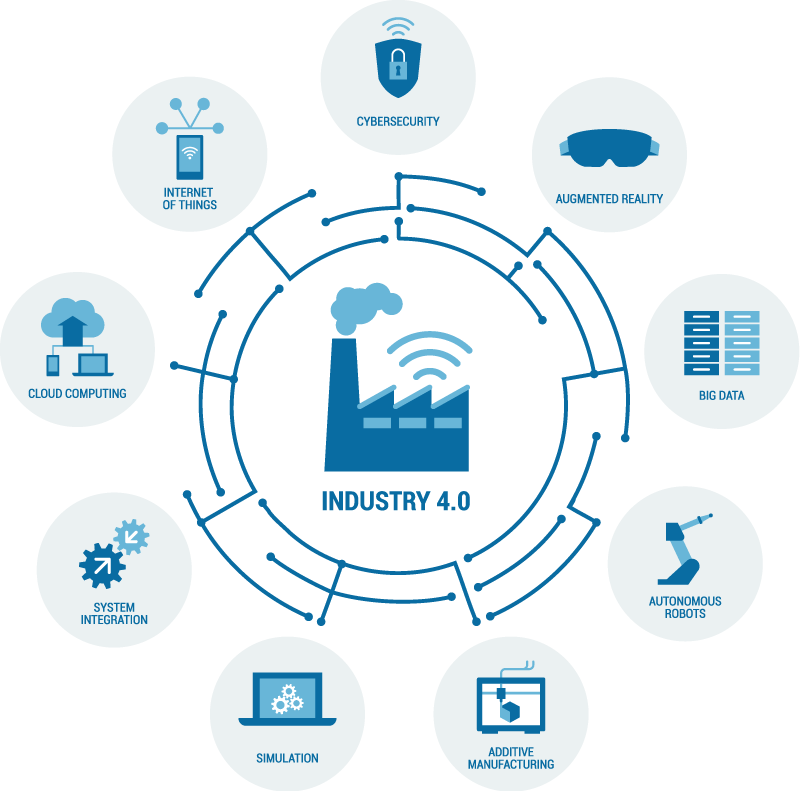The fourth industrial revolution is here, and industry 4.0 has greatly influenced different industries. Industry 4.0 utilizes different modern and advanced technologies to establish a robust connection between the digital as well as physical systems. Top cement company Ultra Tech uses this technology & in their first year of operations they saved USD 1 Million, after basing 1755 use case on this platform*.
Industry 4.0 solution has brought opportunities to power up the overall productivity while lowering the environmental impact.
Cement producers utilise Industry 4.0 solutions and other digital tools, to bring out the efficiencies which are hidden to human eyes by capturing & leveraging the hidden data regarding critical asset performance.
Once these captured data are analysed for a period of time one can apply machine learning solutions to predict the desired output and predict the period of time will this asset will function.

This enables organisational movement from scheduled maintenance model to Predictive maintenance model. This increases the availability of these assets and at the same time cost of maintenance comes down.
One makes some very visible increases in the OEE one of the key cost factors for any organisation.
Industry 4.0- Enabler to greener production processes
The global cement industry, which is very energy-intensive and produces greenhouse gasses, is subject to strict rules as well as environmental constraints. On the other hand, energy consumption has become a primary issue for every cement manufacturer.
The cement-making process is quite complex, and the electricity and fuel requirements depend on different factors, like the method used to produce cement, quality of the cement, storage of materials, firing lines configurations, raw materials chemical composition, and more.
All these things can complicate energy optimization. However, industry 4.0, which combines IoT, Pi solutions for the cement industry, automation solutions, and more, is opening many new opportunities. Energy optimisation is the area where the data science is used most frequently.
The one biggest compliance issue for a manufacturer is the need for them to become water positive and ensure cleaner operations. The penalties are not only prohibitive but can also result in operation closure which is unthinkable for any investor.
Continuous data monitoring allows real time actionability and complete compliance in this.
Other direct beneficial outcomes of the data integration through creation of data lake having time stamped data capture are:
- Accelerate Growth by Performance Optimization through in-depth process study.
- Applying Industry 4.0 solutions and gaining competitive advantage. Utilising them innovatively to unlock hidden benefits makes sure that one is the most efficient in the industry. As the collected data becomes historic many lessons tumble out to ensure better operational future. Hence longer the term, higher is the competitive advantages. Impact of Industry 4.0 solution on The Global Cement Industry
- Analytic-Driven Predictive Maintenance. With a predictive maintenance solution, cement producers can effectively resolve different maintenance issues well in advance. As a result, they can prevent downtime and unnecessary maintenance effort simply out of a schedule timetable. Besides, helping in boosting operational efficiency and lowering the overall maintenance costs significantly.
- Digital Twin for End-to-End Optimization. Industrial organizations require a new way of operating if they are to address the multiple challenges affecting global markets head on. Geopolitical volatility, Environmental, Social, and Governance (ESG) commitments and disrupted supply chains heighten the pressure for engineers to quickly adapt. Having instant access to a single hub of trusted data enables the right people to make the right decisions when they need to. This is enabled using digital twin technology. A virtual representation of an object or system that spans its lifecycle all the while getting updated using real-time data. One needs expertise in simulation, machine learning and reasoning to make this work. In cement industry the digital twin can enable the cement producers to effectively mirror their production process through a well-designed digital model, and then they can optimize it by using machine learning and artificial intelligence. The digital twins can simulate the cement production process in a dynamic as well as simplified way. As a result, you can create scenarios that can easily change with variables. The best part of the digital twin is that it can suggest optimal and efficient equipment configurations that can help you to increase your output target.
Aveva (technology partner of ecubix) has white paper which puts digital twin benefits as:
Digital twin solutions are transforming engineering projects:
o 3 minutes or less to find actionable asset information
o 2 months to deploy across the full business unit with a cloud solution
o 10% increased staff productivity
o 30% or more reduction in unplanned downtime
Source-https://engage.aveva.com/rs/986-YIS-805/images/Whitepaper_AVEVA_AIM_EmbracingDigitalTwinTech_22-07.pdf
Trusted engineering data is at the core of every successful digital twin. Engineering data provides the structure from which the twin can be created and allows 3D visualization. Using predictive quality models, cement producers can forecast cement quality with near to 100 percent accuracy in real-time.
Ecubix creates digital twins through linking the machines through innovatively using technologies like the internet of things, embedded data analytics, machine-learning algorithms, & Pi solution for the cement industry.
- An Optimization of Supply Chain and Logistic- With the IoT for the cement industry, you can create a Smart Cement Factory that can offer you real-time supply chain information by effectively tracking products, equipment, materials, and more while they are moving through your supply chain.
So, what are you thinking now? If you want to improve the production capacity while keeping your production cost and carbon footprint low, then it’s time to employ Industry 4.0. Besides, there will be greater visibility of every aspect of your business.
